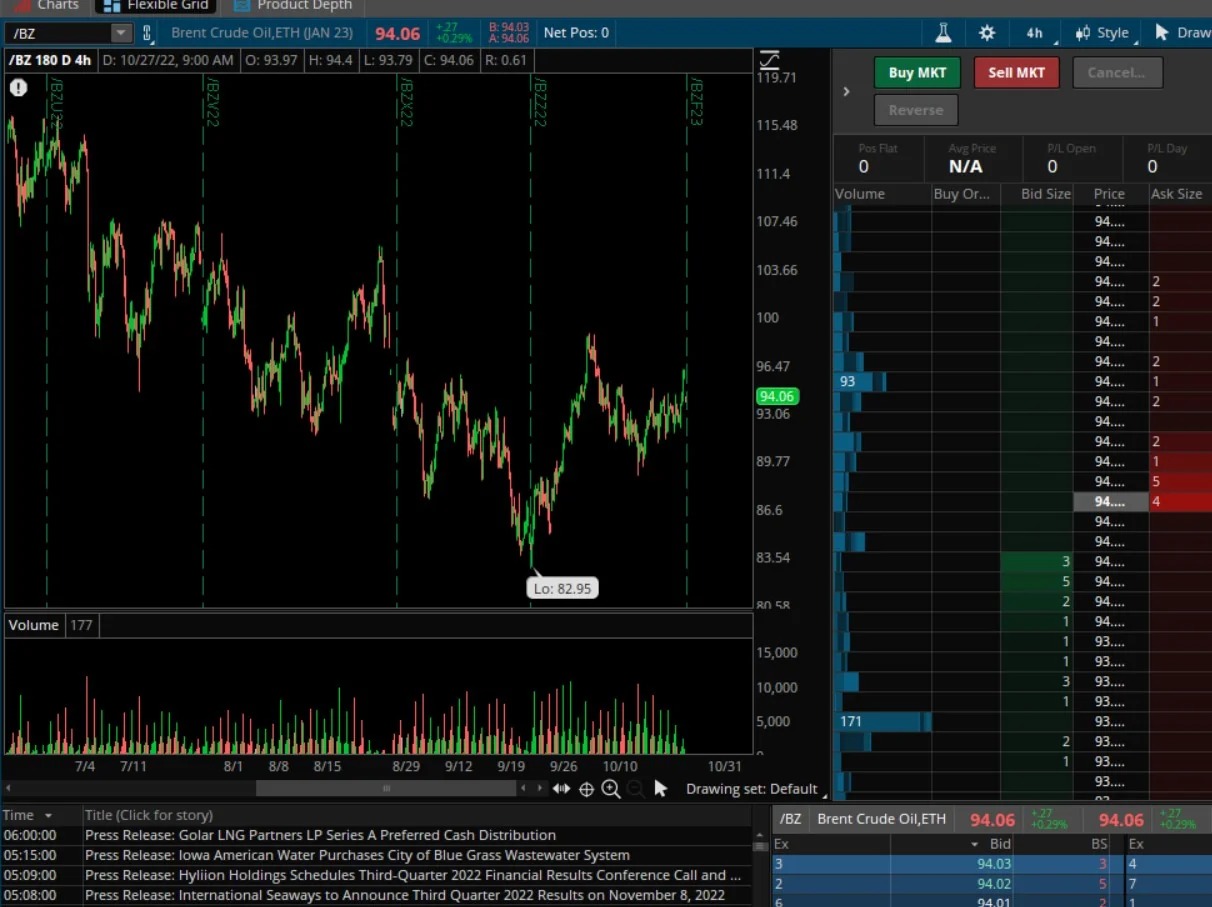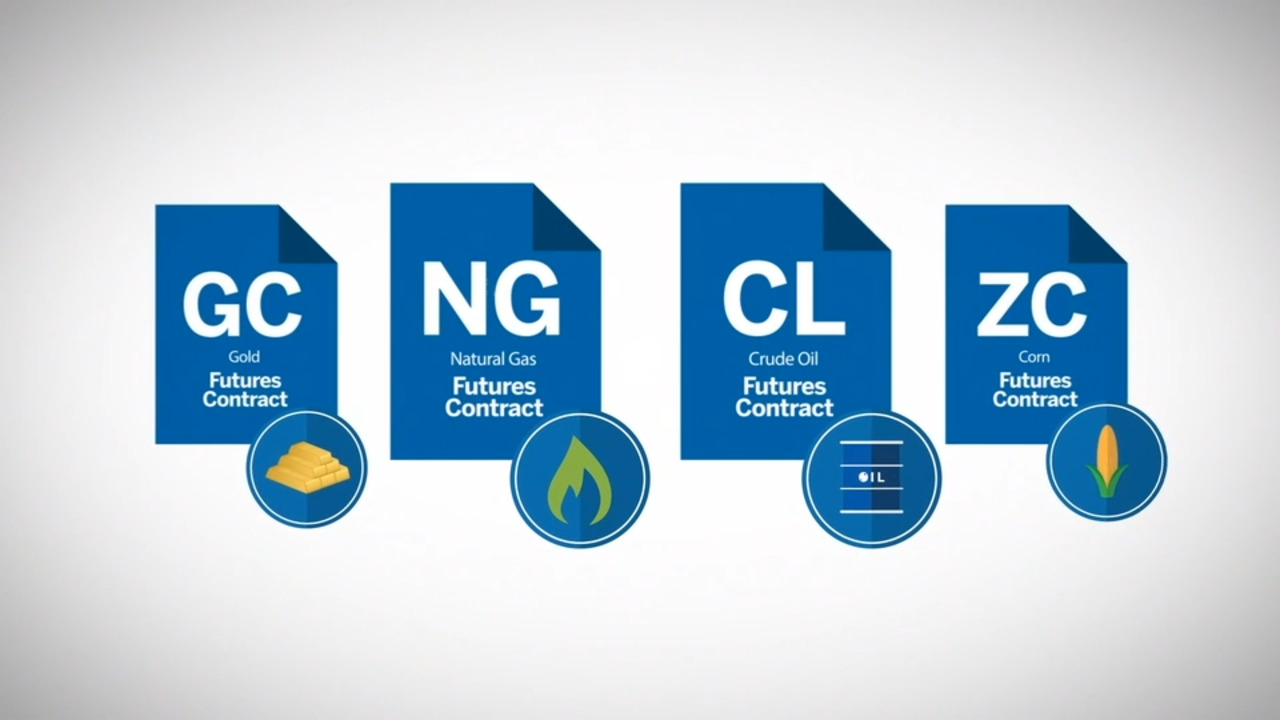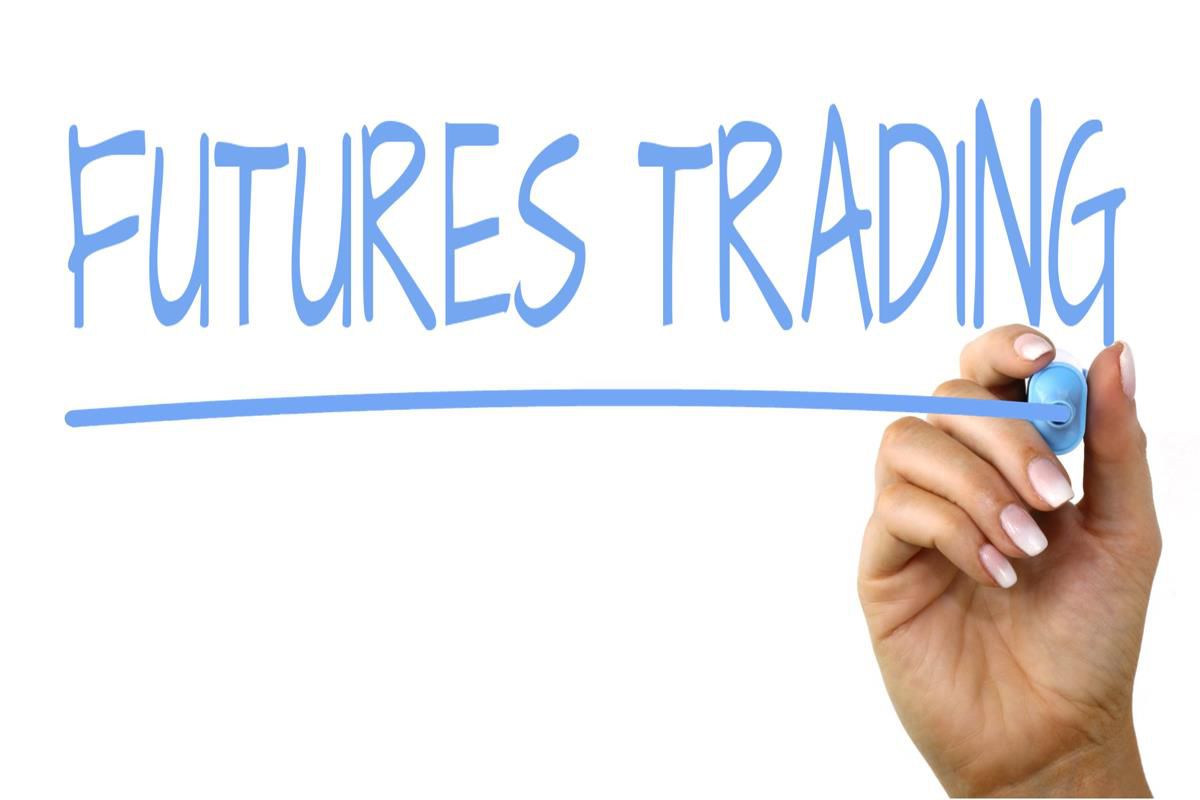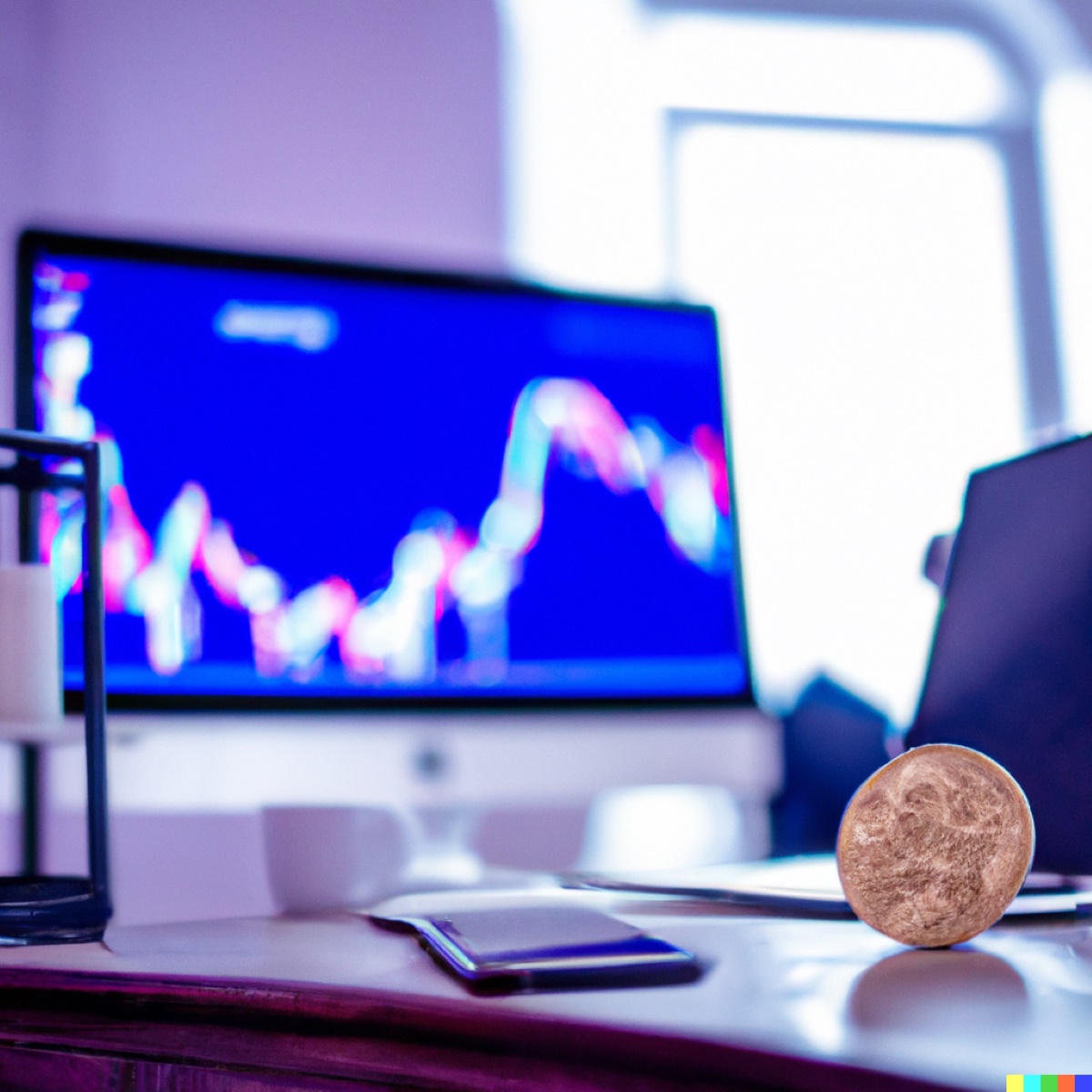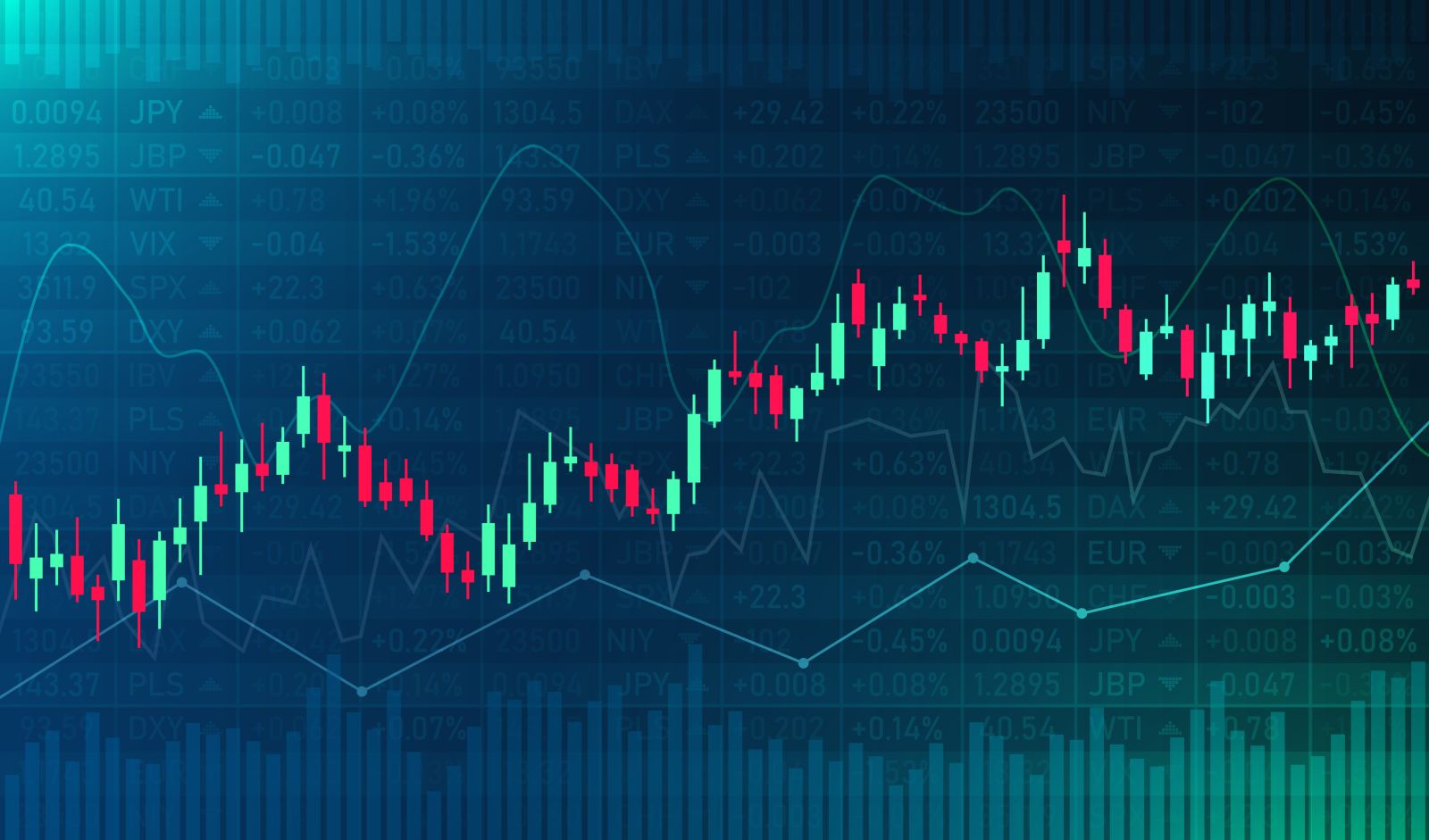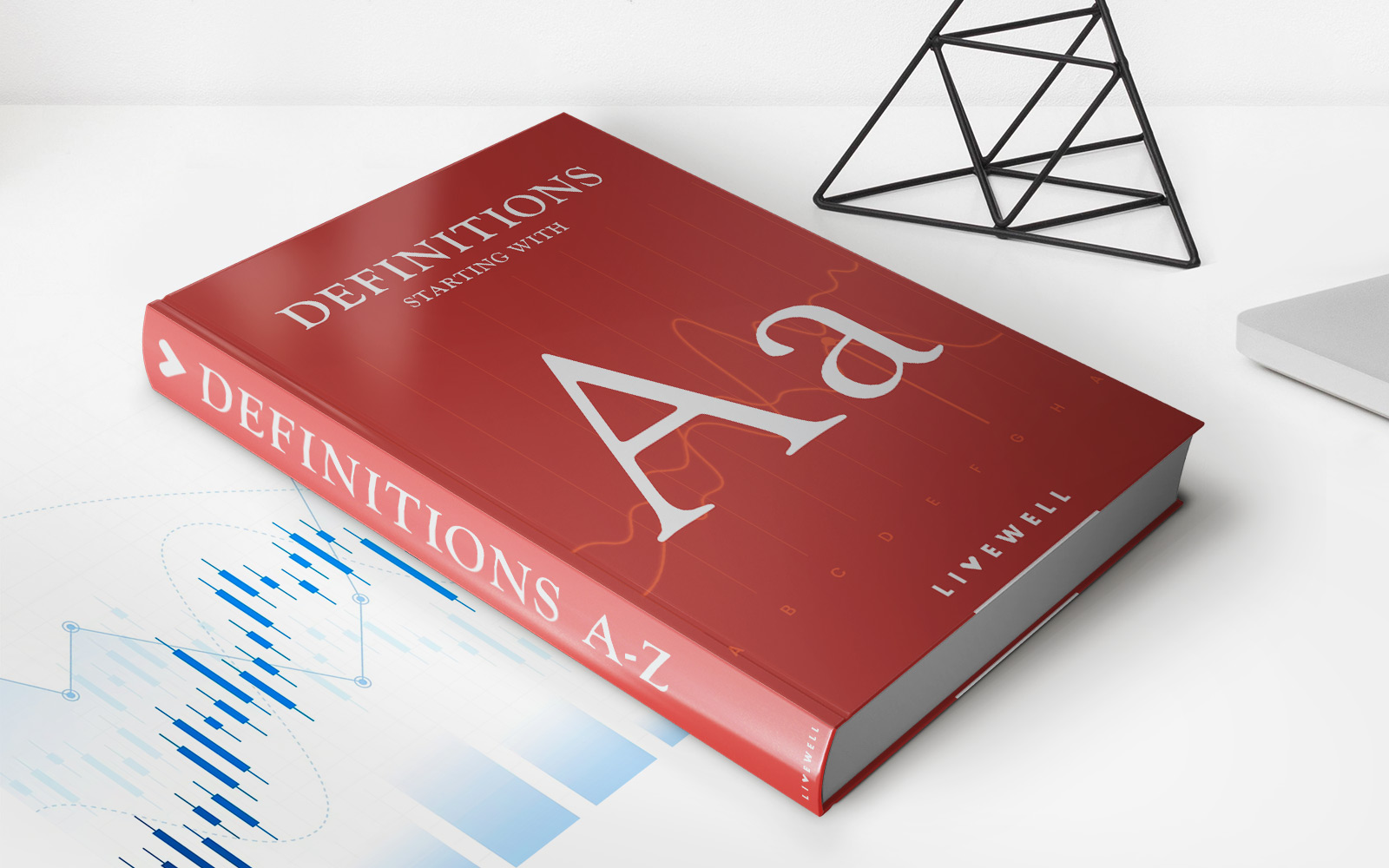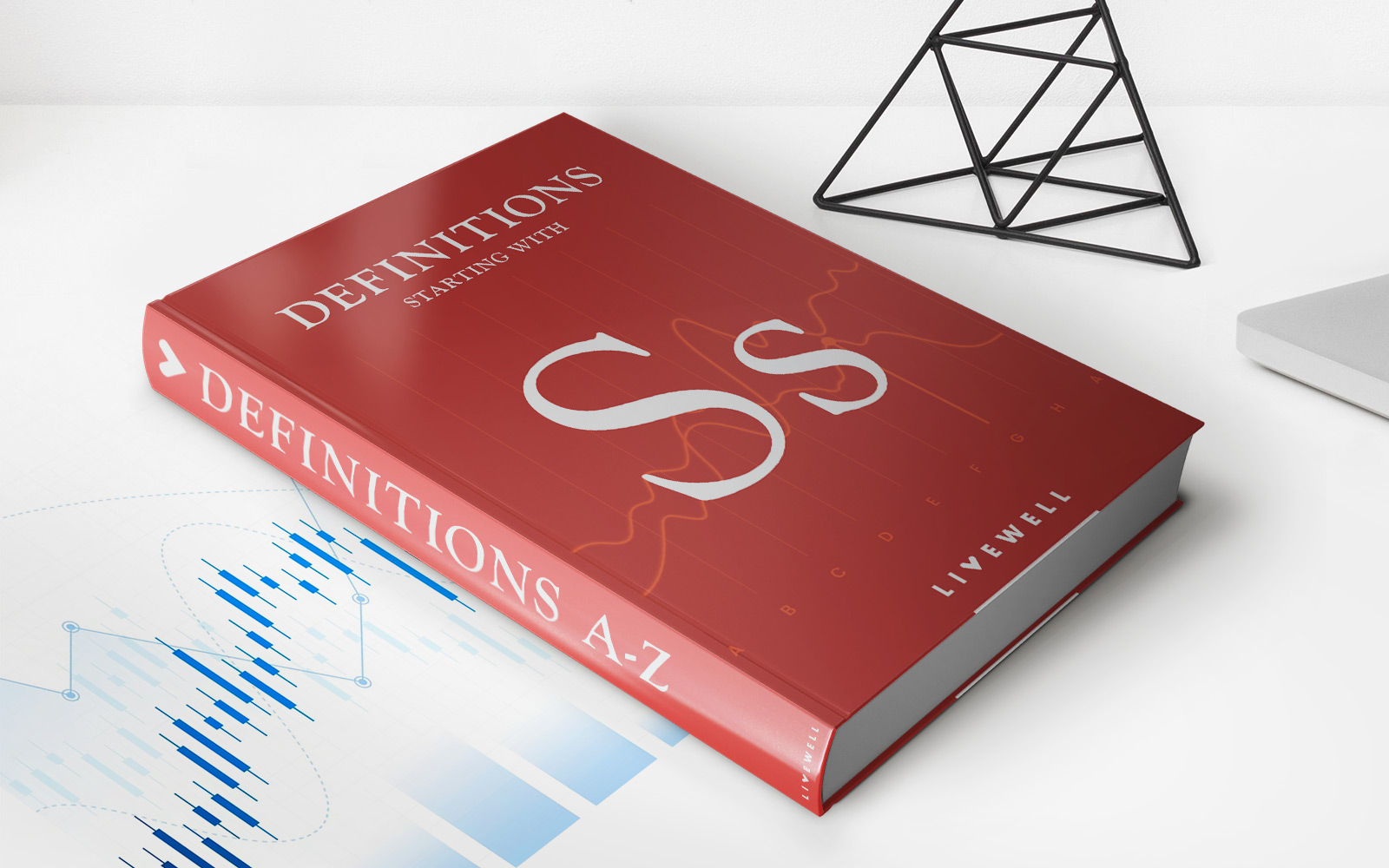

Finance
How Do Futures Contracts Work?
Published: December 23, 2023
Learn how futures contracts work in the finance industry and understand their role in risk management, hedging, and speculation. Explore the fundamentals of futures trading and its impact on the market.
(Many of the links in this article redirect to a specific reviewed product. Your purchase of these products through affiliate links helps to generate commission for LiveWell, at no extra cost. Learn more)
Table of Contents
Introduction
Welcome to the world of futures contracts! In the realm of finance, futures contracts play a pivotal role in managing risks and speculating on the future prices of various assets. Whether you are a seasoned investor or just starting out, understanding how futures contracts work is essential for a well-rounded financial knowledge.
In simple terms, futures contracts are standardized agreements between two parties to buy or sell a specific asset at a predetermined price and date in the future. These contracts act as a binding agreement, where the buyer agrees to purchase the asset and the seller agrees to deliver it within the agreed-upon terms.
Now you may wonder, why would anyone want to enter into a futures contract? Well, futures contracts serve several purposes. They provide a means for hedging against price volatility, allowing businesses to lock in future prices and protect against potential losses. They also offer opportunities for speculative trading, enabling investors to profit from price fluctuations without owning the underlying asset.
Before delving into the intricacies of futures contracts, it is important to understand the key parties involved. The two primary participants in a futures contract are the buyer (also known as the long position) and the seller (also known as the short position). These individuals or entities enter into the contract with the objective of either mitigating risk or seeking profit.
Now, let’s explore how futures contracts actually work. To facilitate better understanding, let’s consider an example. Imagine you are a farmer who grows wheat, and you want to ensure a stable income despite fluctuating wheat prices. You decide to enter into a futures contract with a buyer, who agrees to purchase your wheat at a set price and date in the future.
What are Futures Contracts?
Futures contracts are financial agreements that obligate two parties to buy or sell a specific asset at a predetermined price and date in the future. These contracts are traded on organized exchanges, such as the Chicago Mercantile Exchange (CME) or the New York Mercantile Exchange (NYMEX), and are standardized in terms of contract size, expiration date, and delivery specifications.
The underlying assets in futures contracts can span a wide range of commodities, including agricultural products like wheat, corn, or livestock, as well as financial instruments like stock indexes, currencies, or interest rates. The contracts are typically categorized into two main types: commodity futures contracts and financial futures contracts.
Commodity futures contracts involve tangible goods, such as crude oil, gold, or natural gas. These contracts are highly relevant to industries that rely on these commodities, as they provide a way to secure future prices and manage the risk of price fluctuations. For example, a jewelry manufacturer may use futures contracts to protect against rising gold prices when planning the production of their jewelry.
On the other hand, financial futures contracts are based on underlying financial instruments, such as stock indexes, bonds, or currencies. These contracts are commonly used for speculation purposes or to hedge against movements in financial markets. For instance, an investor who believes that the stock market will decline may enter into a short position on a futures contract tied to a stock index, aiming to profit from the expected decrease.
One crucial aspect of futures contracts is their standardized nature. This means that each contract has a fixed quantity, delivery date, and quality of the underlying asset. For example, a wheat futures contract might specify the delivery of 5,000 bushels of wheat in September at a designated delivery location. By standardizing contracts, exchanges ensure liquidity and ease of trading.
It’s important to note that the majority of futures contracts do not result in physical delivery. Instead, most traders close out their positions before the expiration date by executing offsetting transactions. This eliminates the need for physical delivery and allows participants to profit or incur losses based on the price difference between their entry and exit points.
In the next section, we will explore the parties involved in futures contracts and their roles in the trading process.
Parties Involved in Futures Contracts
Futures contracts involve several key parties, each with distinct roles and responsibilities. Understanding the roles of these participants is crucial to comprehending how futures contracts operate. Let’s take a closer look at the main parties involved:
- Buyer (Long Position): The buyer, also known as the long position holder, is the individual or entity that agrees to purchase the underlying asset specified in the futures contract. The buyer enters into the contract with the expectation that the asset’s price will increase in the future, allowing them to profit from the price difference when they sell or offset their position.
- Seller (Short Position): The seller, also referred to as the short position holder, is the counterparty to the buyer. The seller commits to delivering the underlying asset to the buyer at the pre-agreed terms. The seller typically expects the price of the asset to decrease, enabling them to profit from the price difference or avoid potential losses by buying back the contract at a lower price.
- Exchange: The exchange is the centralized marketplace where futures contracts are traded. Exchanges, such as the Chicago Mercantile Exchange (CME) or the New York Mercantile Exchange (NYMEX), provide a platform for buyers and sellers to enter into contracts, ensuring efficient and transparent trading.
- Clearinghouse: The clearinghouse acts as an intermediary between the buyer and seller. It guarantees the performance of both parties and ensures the settlement of futures contracts. The clearinghouse also helps manage the risk associated with futures trading by collecting margin deposits from traders to cover potential losses.
- Broker: A broker serves as an intermediary between individual traders and the exchange. They facilitate the execution of futures trades on behalf of their clients and provide access to market data, research, and trading platforms.
- Market Makers: Market makers play a vital role in ensuring liquidity in the futures market. They are typically large financial institutions or specialized firms that constantly quote both buying and selling prices for futures contracts. Market makers enhance market efficiency by providing continuous bid-ask spreads and facilitating smooth trading.
These are the primary participants in futures contracts, each playing a crucial role in the functioning of the market. It is important to note that individual traders can participate directly in futures trading, but they can also choose to trade through brokers or invest in futures mutual funds or exchange-traded funds (ETFs).
Next, let’s delve into the mechanics of how futures contracts work and how they are settled.
How Futures Contracts Work
Understanding how futures contracts work is essential for anyone looking to trade or invest in these financial instruments. Let’s explore the mechanics of futures contracts in more detail:
1. Contract Specifications: Each futures contract has specific terms and conditions that are determined by the exchange. These include the underlying asset, contract size, expiration date, delivery location, and quality specifications. Traders can choose an appropriate contract based on their desired asset and trading strategy.
2. Entering the Contract: Buyers and sellers enter into a futures contract by agreeing to buy or sell the specified asset at the predetermined price and date. They do this by placing orders through a broker or directly on the exchange. Once the trade is executed, the buyer becomes the long position holder, and the seller becomes the short position holder.
3. Margin Requirement: Both the buyer and seller are required to deposit an initial margin with the clearinghouse. Margin acts as collateral and ensures that the parties have enough funds to cover potential losses. It is usually a small percentage of the contract value. Traders also need to maintain a maintenance margin, which is the minimum amount required to keep the position open.
4. Marking to Market: Each day, the futures contract is marked to market. This means that the gains or losses based on the price movement of the underlying asset are settled. Profits are credited to the long position holder, while losses are debited from their account. The opposite occurs for the short position holder. This process continues until the contract is closed or expires.
5. Offsetting or Delivery: Most futures contracts are closed out before the expiration date through an offsetting transaction. This means that the buyer and seller take opposite positions to exit their contracts. For example, if a buyer wants to close their long position, they would sell the same number of contracts in the market. This offsets their position and eliminates their contractual obligations.
6. Physical Delivery: In some cases, physical delivery of the underlying asset may occur if the buyer or seller chooses to hold the contract until expiration. In such instances, the buyer must take delivery of the asset, and the seller must deliver it according to the contract specifications. However, most traders close out their positions to avoid physical delivery.
Throughout the life of the futures contract, participants can adjust their positions by buying or selling additional contracts or by rolling over existing contracts to a future expiration date. These strategies allow traders to manage risk exposure and capture potential profits as market conditions change.
Now that we have a better understanding of how futures contracts work, let’s explore the different types of futures contracts available.
Types of Futures Contracts
Futures contracts come in a variety of types, allowing investors to trade on a wide range of underlying assets. Let’s take a closer look at some of the most common types of futures contracts:
- Commodity Futures Contracts: These contracts involve underlying physical commodities such as crude oil, gold, natural gas, agricultural products, and more. Commodity futures contracts are widely used in industries that rely on these commodities to hedge against price volatility or secure future supply at predetermined prices.
- Stock Index Futures Contracts: Stock index futures contracts are based on the performance of a specific stock index, such as the S&P 500 or the NASDAQ-100. They allow investors to speculate on the future direction of the overall stock market, providing exposure to a diversified portfolio of stocks without owning the individual securities.
- Interest Rate Futures Contracts: Interest rate futures contracts are tied to various interest rate instruments, such as Treasury bonds, Eurodollar deposits, or government bonds. These contracts enable traders to speculate on or hedge against changes in interest rates and their impact on bond prices and borrowing costs.
- Currency Futures Contracts: Currency futures contracts involve the exchange of one currency for another at a specified price and date in the future. These contracts allow traders to speculate on the movement of exchange rates between different currencies, offering opportunities for profit in the foreign exchange market.
- Energy Futures Contracts: Energy futures contracts are based on energy commodities, such as crude oil, natural gas, heating oil, or gasoline. They are crucial for producers, consumers, and traders in the energy sector to manage price risk, especially given the global importance of energy prices.
- Metals Futures Contracts: Metals futures contracts encompass precious and industrial metals, including gold, silver, copper, platinum, and palladium. These contracts serve as a means for hedging or speculating on the price movements of these valuable metals, which are often influenced by global economic conditions and geopolitical factors.
Each type of futures contract carries its own unique characteristics, risks, and market dynamics. It is essential for traders to thoroughly research and understand the specific market they wish to participate in before engaging in futures trading.
Now that we have explored different types of futures contracts, let’s move on to discussing the advantages they offer for market participants.
Advantages of Futures Contracts
Futures contracts offer several advantages for market participants, making them an attractive financial instrument for various purposes. Let’s explore some of the key advantages:
- Hedging: One of the primary advantages of futures contracts is their ability to hedge against price volatility. Hedging involves taking an offsetting position in futures contracts to protect against adverse price movements in the underlying asset. This allows businesses and individuals to lock in future prices and safeguard against potential losses.
- Price Discovery: Futures markets are known for their role in price discovery. By aggregating the collective information and opinions of market participants, futures contracts help determine transparent and efficient market prices. This price discovery mechanism benefits not only traders but also producers, consumers, and investors who rely on accurate and fair pricing.
- Leverage: Futures contracts provide the opportunity to trade with leverage, allowing investors to control a large contract value with a relatively small initial margin deposit. This amplifies potential returns, enabling traders to benefit from price movements even with limited capital. However, leverage also comes with increased risk and requires careful risk management.
- Profit Potential in Any Market Direction: Unlike traditional investments that rely on the appreciation of an asset, futures contracts offer the flexibility to profit from both rising and falling markets. By taking long or short positions, traders can capitalize on upward or downward price movements, expanding their profit opportunities regardless of market conditions.
- Market Liquidity: Futures markets are highly liquid, meaning there is a significant volume of contracts available for trading. This ensures that traders can enter or exit positions easily without impacting prices significantly. High liquidity enables efficient execution of trades, tighter bid-ask spreads, and minimizes the risk of being unable to find a counterparty to transact with.
- Diversification: Futures contracts provide a means for diversifying investment portfolios. By including different types of futures contracts in a portfolio, investors can spread their risk across various asset classes and market sectors. This diversification helps to reduce the impact of volatility associated with individual assets and creates a balanced investment approach.
It’s important to note that while futures contracts offer numerous benefits, they also come with risks and considerations. Understanding these risks is vital for managing investments effectively, which we will discuss in the next section.
Now that we have explored the advantages of futures contracts, let’s examine some of the risks and considerations associated with them.
Risks and Considerations
While futures contracts have their advantages, it is crucial to be aware of the risks and considerations involved. Managing these risks appropriately is essential for successful futures trading. Let’s take a closer look:
- Price Volatility: Futures markets are known for their inherent price volatility. Prices can fluctuate rapidly, driven by various factors such as economic indicators, geopolitical events, or supply and demand dynamics. This volatility can result in substantial profits or losses and requires careful risk management and analysis.
- Leverage and Margin Calls: Trading futures contracts with leverage amplifies potential gains, but it also magnifies losses. Traders must maintain sufficient margin deposits to cover potential losses and meet exchange requirements. Failure to do so may result in margin calls, where traders are required to deposit additional funds or face the liquidation of their positions.
- Liquidity Risks: While futures markets are generally liquid, there can be instances of reduced liquidity, particularly in less actively traded contracts or during volatile market conditions. Limited liquidity can lead to wider bid-ask spreads, difficulty in entering or exiting positions, and increased price slippage.
- Counterparty Risk: Futures contracts are commitments between two parties, and there is always a risk that the other party may not fulfill their obligations. Exchange-traded contracts mitigate this risk through the involvement of a clearinghouse, which acts as a counterparty to every trade. However, there is still a small residual risk associated with the default of the clearinghouse or the broker.
- Rolling Costs: When holding futures contracts until their expiration, traders may incur rolling costs associated with shifting their positions to a future contract with a longer expiration date. These costs can erode profits and need to be factored into trading strategies if intending to maintain positions over an extended period.
- Market Analysis and Timing: Successful futures trading requires diligent market analysis, understanding of technical and fundamental factors, and the ability to time trades effectively. Failing to analyze markets accurately or timing trades poorly can lead to losses and missed profit opportunities.
It is essential to thoroughly educate oneself about futures trading, develop a well-defined trading plan, and only risk capital that can be comfortably afforded to lose. Seeking guidance from experienced traders or financial professionals can also be beneficial in navigating the complexities of futures markets.
Now that we have examined the risks and considerations, let’s conclude our exploration of futures contracts.
Conclusion
Futures contracts play a significant role in the world of finance, providing opportunities for hedging, speculation, and risk management. These standardized agreements allow market participants to buy or sell assets at predetermined prices and dates in the future. Understanding how futures contracts work and their various types is essential for investors looking to diversify their portfolios or capitalize on market movements.
By entering into futures contracts, individuals and businesses can hedge against price volatility, lock in future prices, and mitigate potential losses. The leverage offered by these contracts allows for the amplification of potential gains, but it also increases risk. Effectively managing risk through prudent margin requirements, proper analysis, and disciplined trading strategies is vital for success in futures trading.
The advantages of futures contracts include the ability to profit from both rising and falling markets, efficient price discovery, liquidity, and diversification. Traders can gain exposure to a wide range of assets, including commodities, stock indexes, interest rates, currencies, and more. Futures contracts provide a platform for price discovery, enabling transparent and efficient market prices.
However, it is important to recognize and address the risks associated with futures trading. Price volatility, leverage, liquidity risks, and counterparty risk require careful consideration and risk management to navigate effectively. Traders should also be mindful of rolling costs, market analysis, and timing when engaging in futures trading.
In conclusion, futures contracts have both advantages and risks. With a solid understanding of how futures contracts work, thorough market analysis, and a well-defined trading plan, investors can harness the potential of futures contracts to achieve their financial goals. As with any investment, it is crucial to exercise prudence, diligence, and ongoing education to navigate the complex and exciting world of futures trading.

